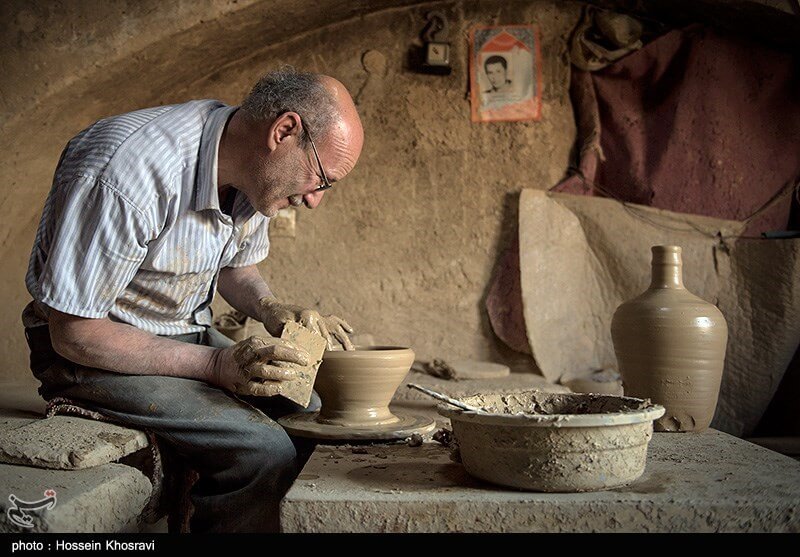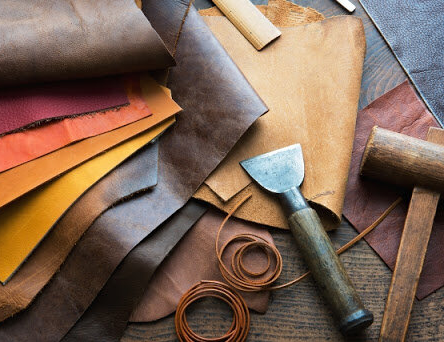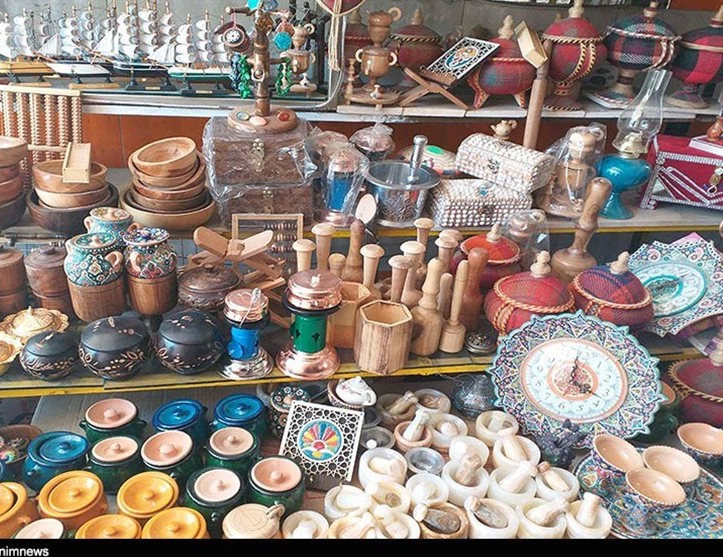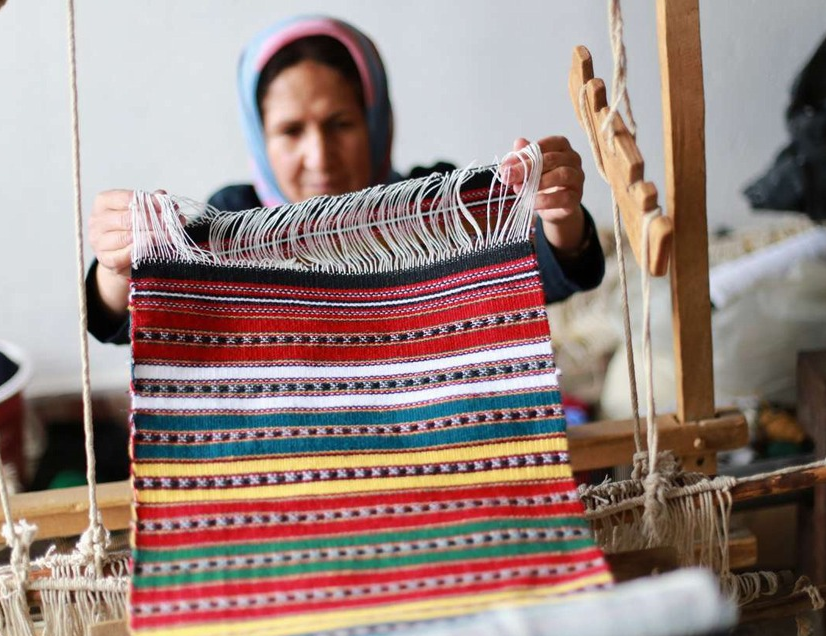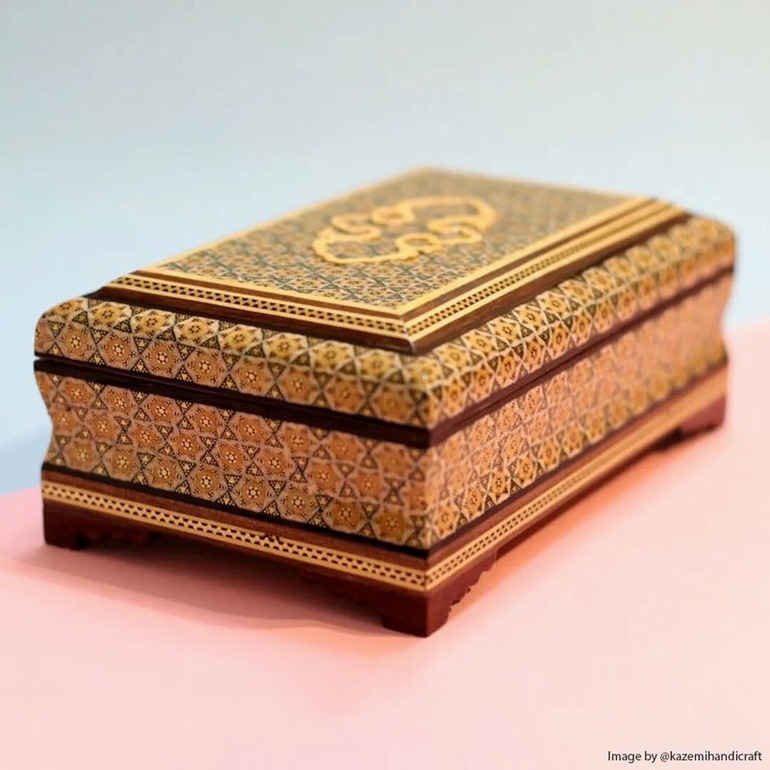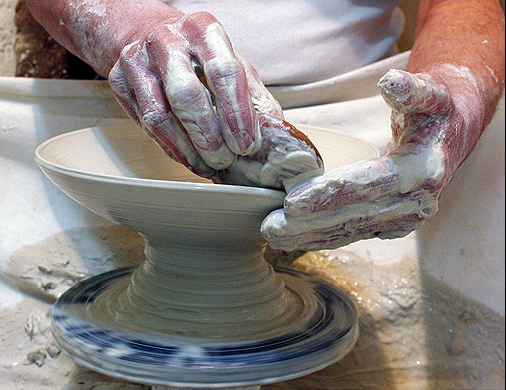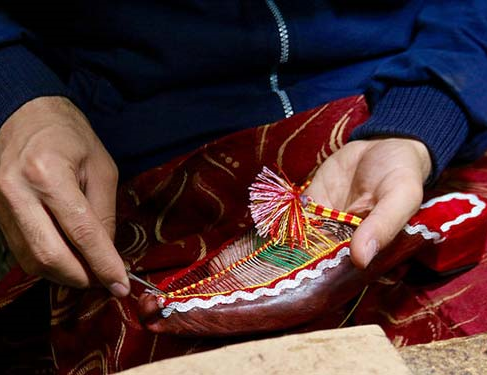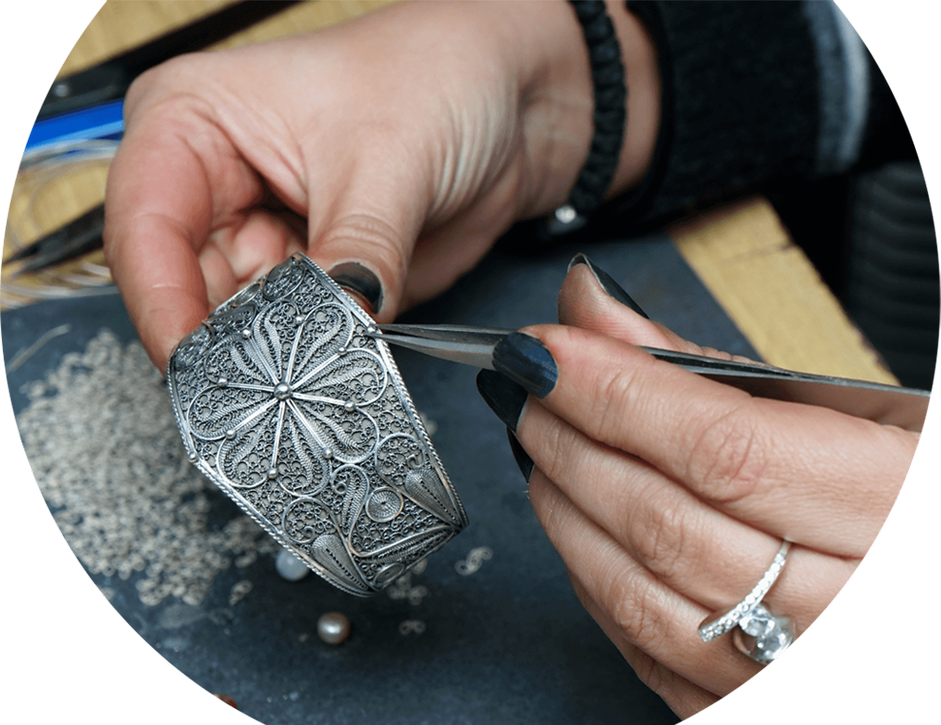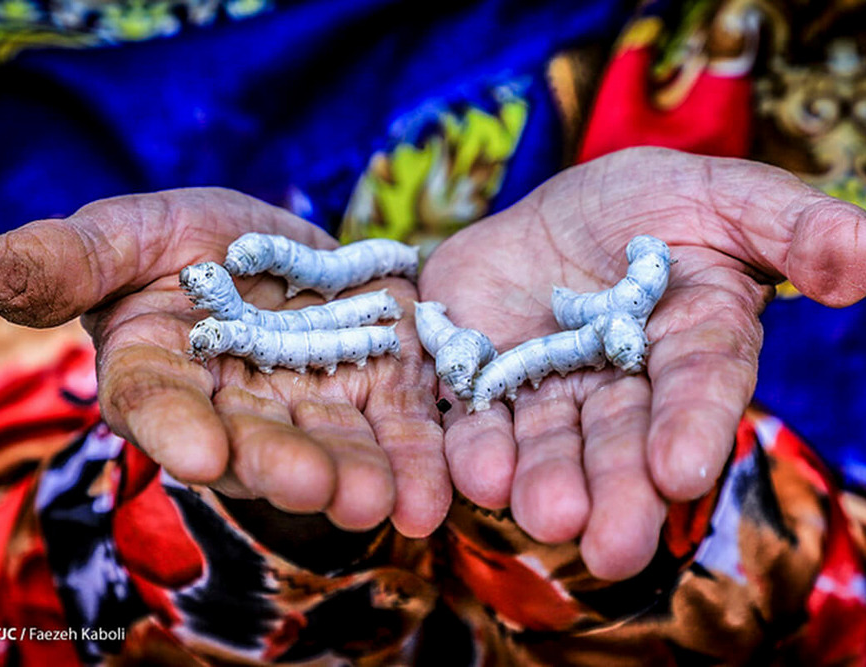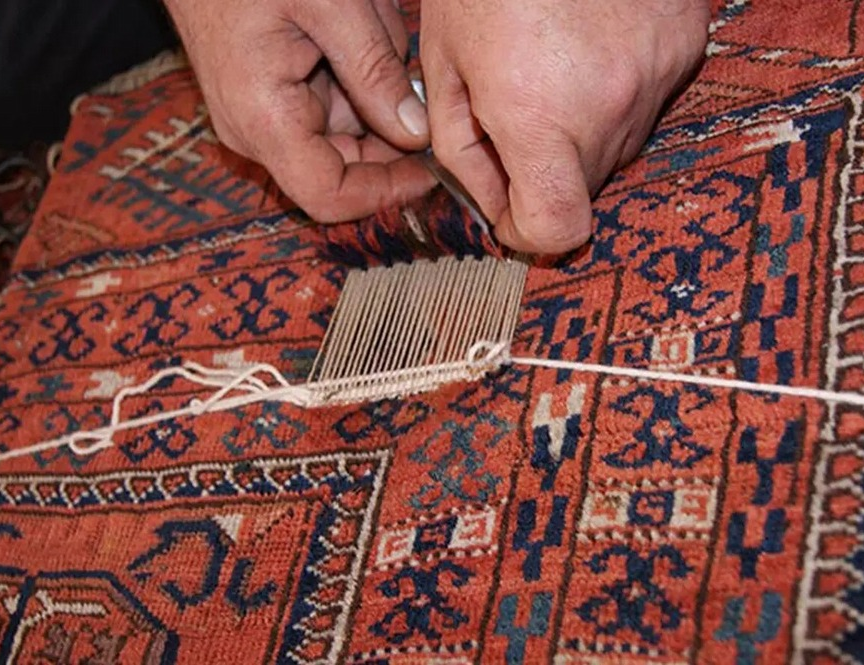
Iranian Monabbat-Kari
Monabbat-Kari is an art and craft in which patterns are carved and created in a protruding form on the intended objects. This art may be performed on different raw materials, but carving on wood is the most famous and beautiful type of Monabbat-Kari craft. The stronger the type of wood and the tighter its texture, the more beautiful and durable the carving will be; therefore, the wood of walnut, boxwood, and pear trees is widely used in this craft.
Some other arts that are performed on wood, such as turnery and mosaic making, can be considered a special form of Monabbat.
The Root of the Name of Monabbat
The word “Monabbat” has been derived from “Nabat” meaning plant. It is as if the Monabbat-Kari artist creates the image of a living plant or animal on wood or stone with his art and gives it life!
History of Monabbat
Like many other handicrafts, Monabbat-Kari has been formed and gradually perfected within the framework of society, and, therefore, the exact date of its formation cannot be pinpointed. However, according to some experts, the carving on a wooden door of the Atiq Jame’ Mosque of Shiraz (9th century AD) is the oldest available sample of the craft of Monabbat-Kari.
Some researchers attribute the formation of the art of Monabbat-Kari to pre-Islamic Iran. Following the advent of Islam and the construction of mosques in Iran, Monabbat-Kari, too, grew and matured along with many other crafts. In addition to decorating the doors and windows of mosques, Monabbat-Kari is also used in the construction of the pulpit and lectern for the Qur’an.
The peak of the art and craft of Monabbat-Kari took place in the Safavid era (1501 to 1736 AD) during which many artists moved to Isfahan, the new capital of this government, to participate in the construction of buildings of that period. The city of Golpayegan, which was located near Isfahan, gradually became the main center for the gathering of Monabbat-Kari master craftsmen and the exchange of their expertise with others.
After the fall of the Safavid dynasty and the emergence of long-term unrest in Iran, various artistic disciplines did not find the required opportunities to present their crafts, and, therefore, Monabbat-Kari artists gathered in Golpayegan and Abadeh, and no trace of this art could be seen in other parts of the country. Monabbat-Kari continued to be neglected until the beginning of the 20th century, but with the growth of attention to “fine arts” during this period, the masters of this art and craft began to train new students, and Monabbat-Kari revived.
Monabbat-Kari on wood is one of the most important handicrafts of Abadeh. Therefore, in 2017, this city received the “international geographical badge” for Monabbat-Kari, and the techniques of Monabbat-Kari in Abadeh were inscribed on the list of Iran’s intangible national heritage. Thereafter, Abadeh was named the Global City of Monabbat in 2019.
According to some statistics, this city houses 150 home or commercial woodcarving workshops with nearly five thousand woodcarving artists working in them. Abadeh women play a special role in this art such that some of the existing workshops exclusively belong to them.
Some of the exquisite Monabbat artifacts produced in Abadah or other Iranian cities are kept in important museums of the world, such as the Victoria and Albert Museum of England. Ahmad Emami, one of the most famous Monabbat-Kari masters, was from Abadeh. In addition to his influential role in the development of this art, he has also created precious artifacts. The Monabbat masterpiece of the “Marmar Palace” is one of the eternal reminiscences of this great master. His two sons, Ali and Mohammad Taher, are among the big names in this art industry who have trained many students.
Application of Monabbat-Kari
Mohabbat-Kari can be used in almost any item made with wood. Jewelry boxes, statues, walking sticks, doors and windows, and furniture are among the products that have been decorated with the art of Monabbat-Kari. This craft has also been used in the decoration of many buildings in Iran such as the Hashtbehesht mansion in Isfahan, manifesting the excellence of this art and craft.
Monabbat-Kari is an art and craft in which patterns are carved and created in a protruding form on the intended objects. This art may be performed on different raw materials, but carving on wood is the most famous and beautiful type of Monabbat-Kari craft.
| Name | Iranian Monabbat-Kari |
| Country | Iran |
| Cities | |
| Works | Wooden and stone |
| Registration | Unesco |
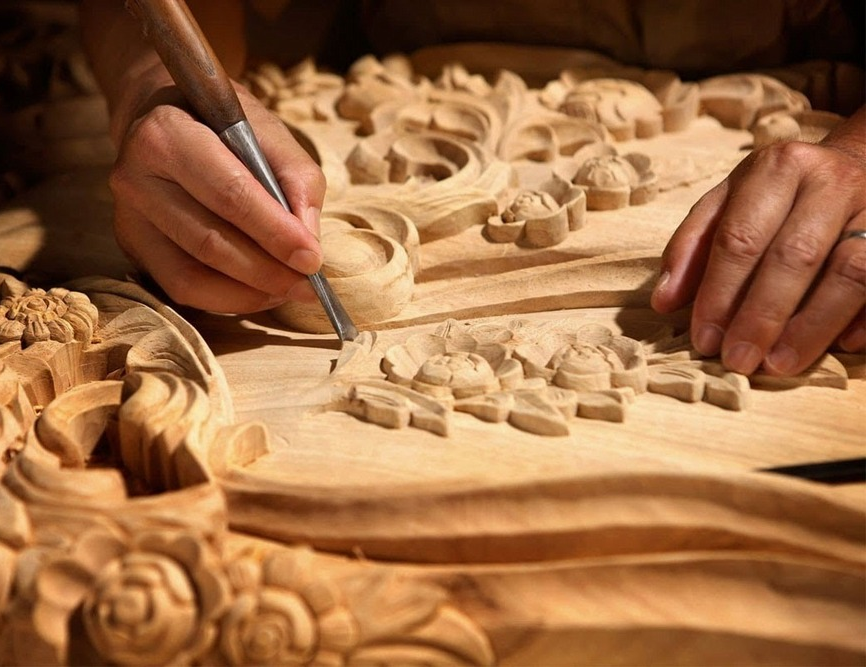
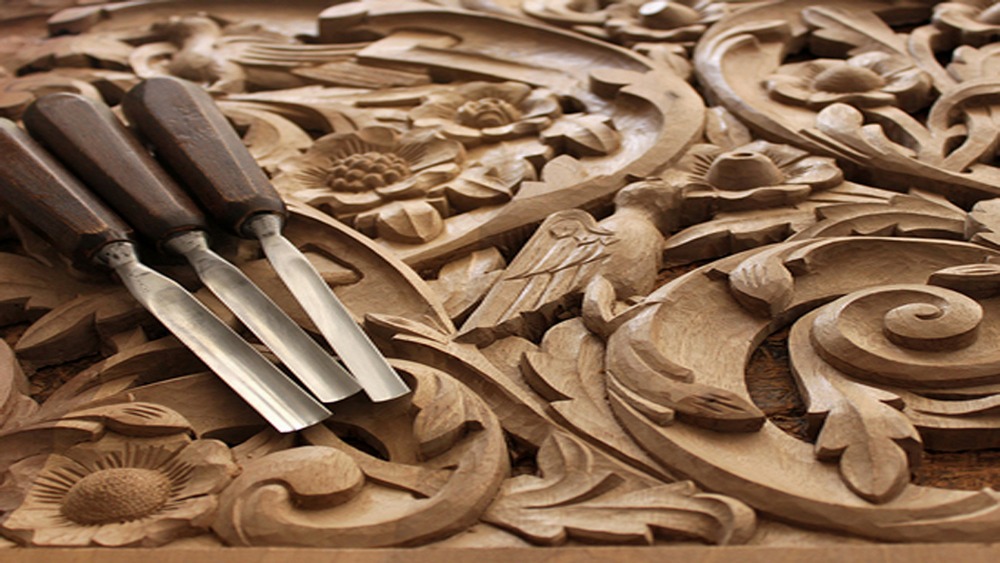

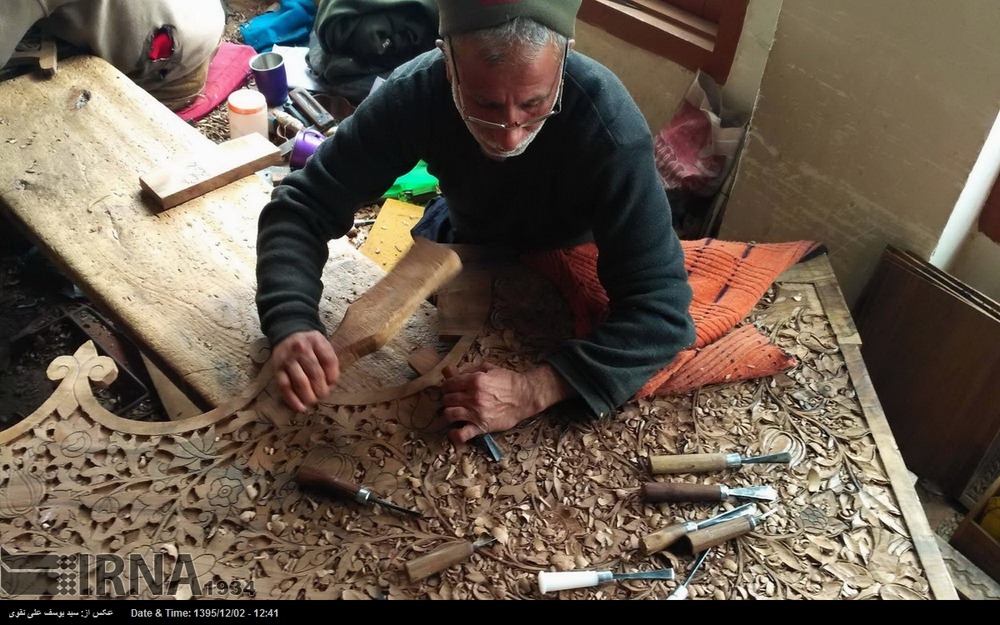




Choose blindless
Red blindless Green blindless Blue blindless Red hard to see Green hard to see Blue hard to see Monochrome Special MonochromeFont size change:
Change word spacing:
Change line height:
Change mouse type:
